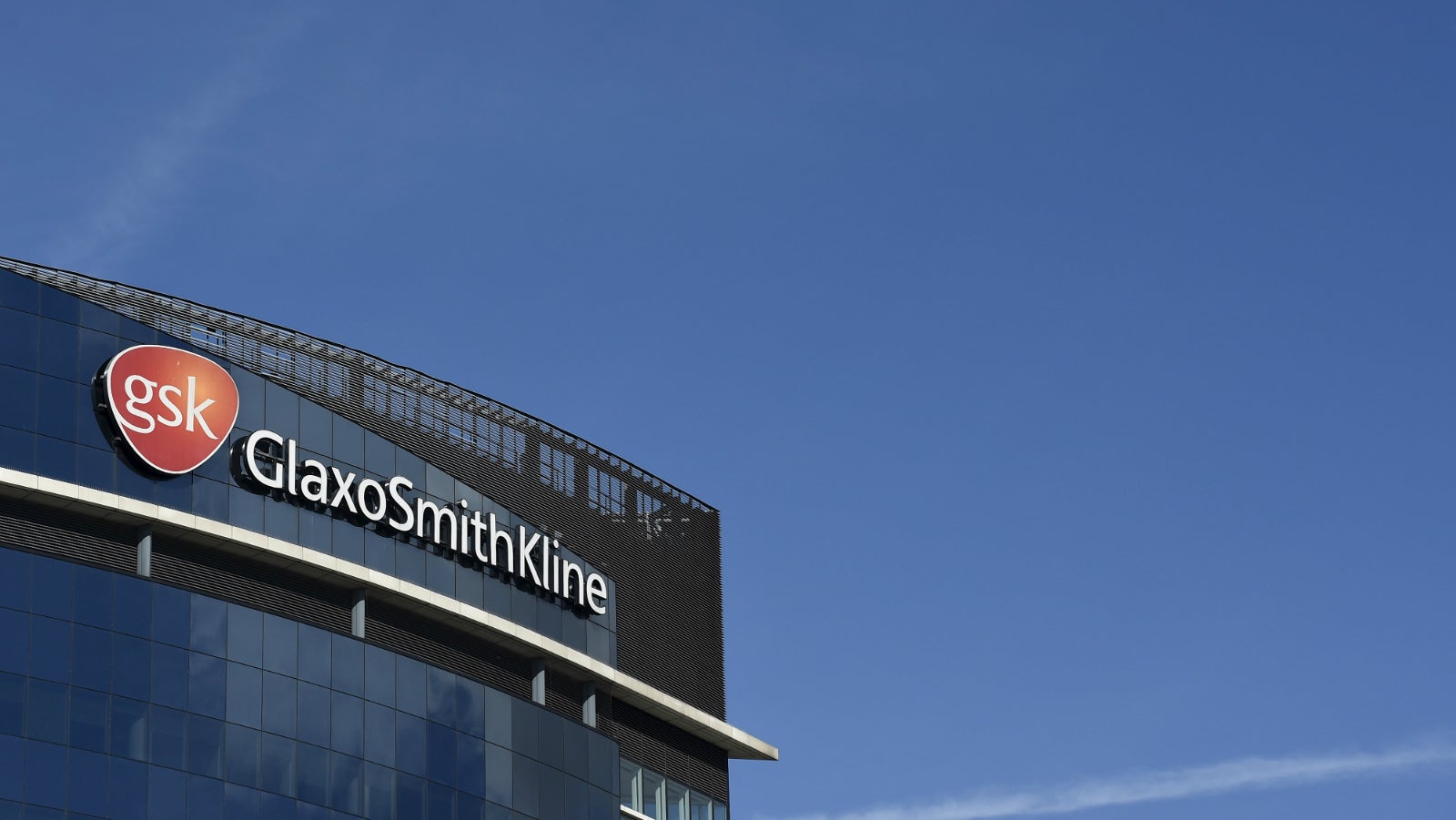Horlicks, the beloved 140-year-old brand, may have a new owner—again
British pharmaceutical major GlaxoSmithKline is putting Horlicks up for sale.


British pharmaceutical major GlaxoSmithKline is putting Horlicks up for sale.
The health food drink brand sold widely in India and also consumed in parts of Asia and the UK is up for a “strategic review,” the company said in a statement on March 27.
The move is triggered by GSK’s need to fund a $13 billion buyout of the remaining stake in its consumer healthcare joint venture with Novartis. The company is now ready to offload part of its consumer nutrition portfolio to sharpen the focus on its over-the-counter and oral healthcare brands such as Sensodyne and Eno. The sell-off will entail an “assessment of GSK’s 72.5% shareholding” in its Indian subsidiary, GlaxoSmithKline Consumer Healthcare.
The move is likely to impact GSK’s Rs4,421 crore ($680 million) business in India where “the majority of Horlicks and other nutrition products sales are generated.” In fact, Horlicks and its variants contribute roughly 75% to the turnover of the local Indian arm, GSK Consumer Healthcare.
Horlicks is the leader in the Rs5,500 crore health food category in India, with an estimated market share (pdf) of 65% by volume and 56.3% by value as of March 2017. Its competitors here include Bournvita (Mondelez), Complan (Kraft-Heinz), and Milo (Nestle). Now, Nestle, Kraft-Heinz, and Unilever could be vying for the brand, Reuters reported citing sources.
Shares of GSK Consumer Healthcare were down 8.29% on the BSE in early trade on March 28.
Everyone loves Horlicks
Horlicks was created in 1843 by brothers William and James Horlick, and soon gained popularity across Britain as a light-weight, non-perishable health-food supplement. During World War II, Horlicks tablets were sold as candy and used as an energy-booster by the US, British, and other soldiers, besides being used as components of aircrew escape kits.
The 140-year-old brand was introduced to India by British soldiers during the war. It was initially imported from its manufacturing facility in Slough, England, and bottled and sold locally. In 1955, a change in import policies threatened this set-up.
That’s when the idea of opening a local manufacturing unit emerged. The first Indian Horlicks factory, under the newly-formed company, Hindustan Milkfood Manufacturers, opened in 1958 in Punjab with the help of Maharana Pratap Singh, king of Nabha. A second factory was subsequently built in Andhra Pradesh.
However, over the years, the brand was sold to various companies, including to Beecham in 1969 (Beecham was later merged with SmithKline to become SmithKline Beecham). In 1989, this company merged with Glaxo globally to become GSK.
Meanwhile, Horlicks had become synonymous with milk food, especially among urban Indian children and mothers, as it successfully positioned itself as an essential health supplement.
In the early years, the brand was largely marketed as a family drink. Its newspaper advertising campaigns in the 1950s positioned it as a refreshing drink to be served chilled; radio jingles in the 1960s and later the 70s—with Amitabh Bachchan’s voice-over—sold it as a family essential.
It was only in the mid-90s and early 2000s that Horlicks saw the potential to diversify. In 1992, Horlicks biscuits were launched. In the early 2000s, the brand further sharpened its focus on young children, a consumer base that was increasingly becoming more vocal in making household decisions. The franchise expanded into categories like wheat-flour noodles besides launching Women’s Horlicks, Mother’s Horlicks, and Junior Horlicks.